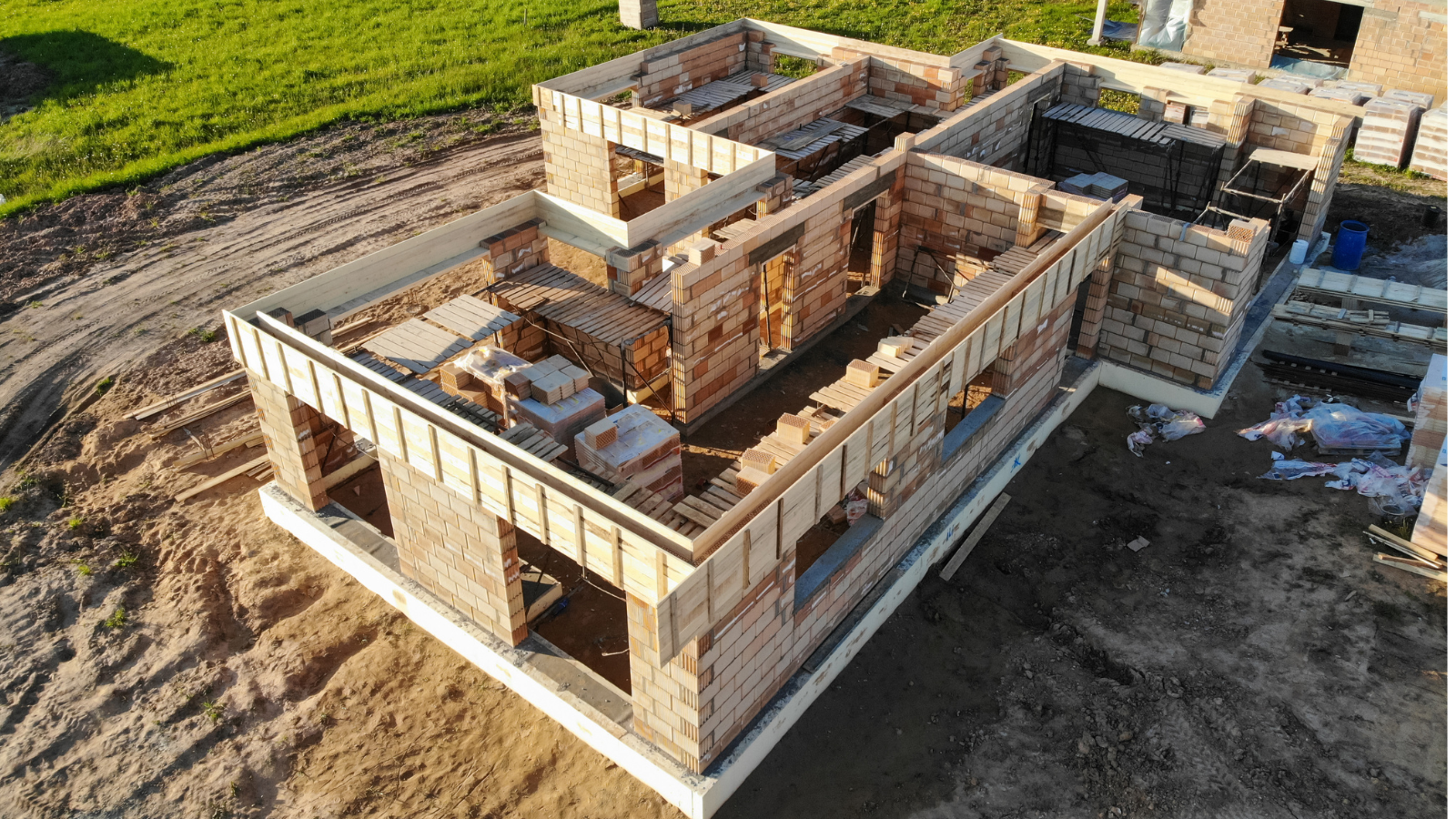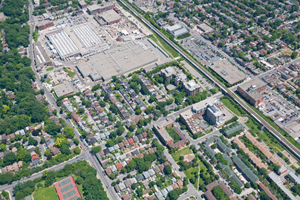
How to Measure Construction Industry Performance
The construction industry is a vital component of the global economy, representing a substantial portion of gross domestic product in many countries.
Understanding the dynamics of this sector requires a deep dive into various metrics and statistics to gauge its health and direction.
Here we’ll outline the essential metrics used to measure construction activity, offering insights for contractors, investors, government bodies, economists and other stakeholders.
1. Construction Spending & Cost Estimation
The construction spending metric reflects the total expenditure on construction projects over a specific period. Breaking down this spending into sectors like residential, commercial, and public construction offers a nuanced view of the industry.
Importantly, historical or past construction spending will serve as a reference point and have some influence on future cost estimations – one of the most important steps in construction project management.
A cost estimate is a prediction provided by an estimator based on all available data serves as the baseline of the project cost at various stages in project development.
2. Building Permits Issued
A building permit is official permission provided by the government department of building or the building regulators to proceed with a new construction project. Obtaining a building permit is crucial before moving ahead with any planned property alterations or construction.
The number of new building permits granted by governments is a forward-looking indicator, measuring current real estate market demand, performance of the industry, predicting future construction activity and overall economic vitality.
A building permits report provides nationwide and location specific detail which can pinpoint which local regions fuel the economy, and governments can use this info to make decisions around funding and where to direct investments.
3. Demolition Approvals
Generally, the type of permits required will depend on a couple of factors:
- Local council specifications and rules, and
- What is being demolished, how much is being demolished and where.
In most cases, demolition approval (or similar) is required to demolish a building or structure.
Though not always, construction frequently follows demolition, making demolition approvals a rough indicator of future construction activity.
4. Construction Starts
Construction starts measure the initiation of new construction projects, and where available, the value of these projects. These metrics are a key economic indicator and when tracked over time, will help measure market trends.

5. Housing Starts and Completions
In the residential sector, tracking housing projects commenced, completed, under construction, and in the pipeline, along with the value of these projects, is essential for gauging market health and predicting supply to meet housing needs for the future.
In Australia, the Urban Development Institute of Australia’s latest report shows that the federal government will fall short of its goal to build 1.2 million home by mid-2029. This is due to a “large backlog of properties that have been approved that are yet to be completed” said Westpac chief economist Luci Ellis, who admits there are a lot of factors contributing to this production issue.
6. Architectural Billings Index – United States of America (USA)
Produced by the AIA Economics & Market Research Group, the Architectural Billings Index (ABI) is a leading economic indicator in the USA that reflects the demand for non-residential construction, including commercial and industrial structures. The ABI gauges whether billing activity for the previous month grew, declined, or remained flat. This measure forecasts construction spending by reflecting the lead time between architectural billings and construction expenditure. A positive ABI can be a sign of strength or resurgence in the broader economy, while a negative ABI can signal weakness or an impending downturn.
7. Construction Backlog Indicator – USA
In 2008, the Associated Builders and Contractors introduced the Construction Backlog Indicator (CBI) to forecast the volume of upcoming work for commercial and industrial contractors. This indicator centres on the commercial, institutional, industrial, and infrastructure construction sectors in the USA.
Backlog, as defined by ABC, represents “the dollar value of contracted work to be completed in the future” by construction firms.
To calculate backlog, the formula is:
(Current month’s backlog value in dollars) / Fiscal year revenues (base year) x 12 = Total months of contracted work ahead
CBI provides a view of the volume of construction work in the USA contracted but not yet executed which can serve as a predictor of future activity and industry momentum.
A higher backlog generally implies a more optimistic outlook for the construction industry, while a lower backlog suggests the opposite.
8. Employment in Construction
Job numbers in the construction sector can reveal much about the industry’s health and future growth prospects, including an indicator of any labour shortages, and construction activity and economic impacts.
9. Cordell Construction Cost Index (CCCI)
The Cordell Construction Cost Index (CCCI) is a quarterly industry benchmark that tracks and monitors the movement of building work costs for stand-alone houses. It is a valuable metric which tracks changes in construction costs, including labour costs, services, building material prices, regulatory expenses, equipment and includes expert commentary on key market factors. It is vital for understanding market dynamics, pricing trends and industry comparisons.
10. Equipment Usage
The usage rates of various types of equipment and their deployment in residential, commercial, and industrial segments can offer insights into ongoing industry activity. This data can unveil changes and trends in equipment types, across global regions, segments, and provide an indicator of market share, growth and overall size of the market.

11. Construction Productivity
Construction productivity is often measured as output per labour hour. Or in other words, how much work is done during time spent doing it.
Productivity metrics indicate efficiency levels and the there are a number of factors which can impact productivity such as labour characteristics, work condition and non-productive activities, as documented in a Carnegie Mellon University study.
Improving productivity is often in the best interests of stakeholders such as project managers, construction firms, engineers, architects, investors and financiers, regulatory bodies and government agencies, environmental groups and the general public.
Productivity in the construction sector is an important measurement to track as it can impact the ability to deliver outcomes such as housing and infrastructure a country needs to accommodate population changes, the new energy assets required to meet requirements or even a country’s decarbonisation goals.

12. Safety Metrics
All workers have the right to a healthy and safe working environment.
Statistics on work-related injuries, incidents, accidents, fatalities, and safety violations are crucial for assessing the industry’s commitment to safe construction practices and the proposal and implementation of new measures to protect both workers and bystanders.
13. Sustainability and Green Building Metrics
These metrics evaluate a project’s environmental impact and adherence to sustainability principles, both increasingly important in modern construction.
With more and more organisations investing in corporate sustainability and building sustainability strategies and goals, these metrics are important to measure and increase transparency around planning, design and development practices.
The Proptech Cloud’s Environment and Energy Efficiency data contains energy supply data and NABERS energy rating data which may help guide decisions on energy sourcing as part of a sustainability strategy.
14. Supply Chain Metrics
Measuring and analysing the efficiency of the supply chain, including the availability and cost of materials, procurement, processing and distribution of goods helps to anticipate potential construction project impacts such as delays or cost overruns.
Improvements in mathematical models, data infrastructure and the expansion and availability of applications provide deeper insights, while improving forecasting, efficiency and responsiveness in supply chain management.
What Do These Metrics Tell Us
Understanding these diverse metrics is essential for anyone involved in analysing the construction industry as they provide a comprehensive view of the sector’s performance, trends, and economic impact.
Analysts will often use a combination of these metrics and measurements to make conclusions, predictions or decisions regarding the property market.
And by keeping a close eye on these indicators over time, industry professionals can make better decisions, improve market condition forecasts, and more accurately assess the overall health and vitality of the construction sector.
Australian Construction Activity Data
The Proptech Cloud’s Construction Activity dataset contains Australian construction activity statistics which may be helpful for planning, demand forecasting and construction cycle timing.
Subscribe to our newsletter
Subscribe to receive the latest blogs and data listings direct to your inbox.







